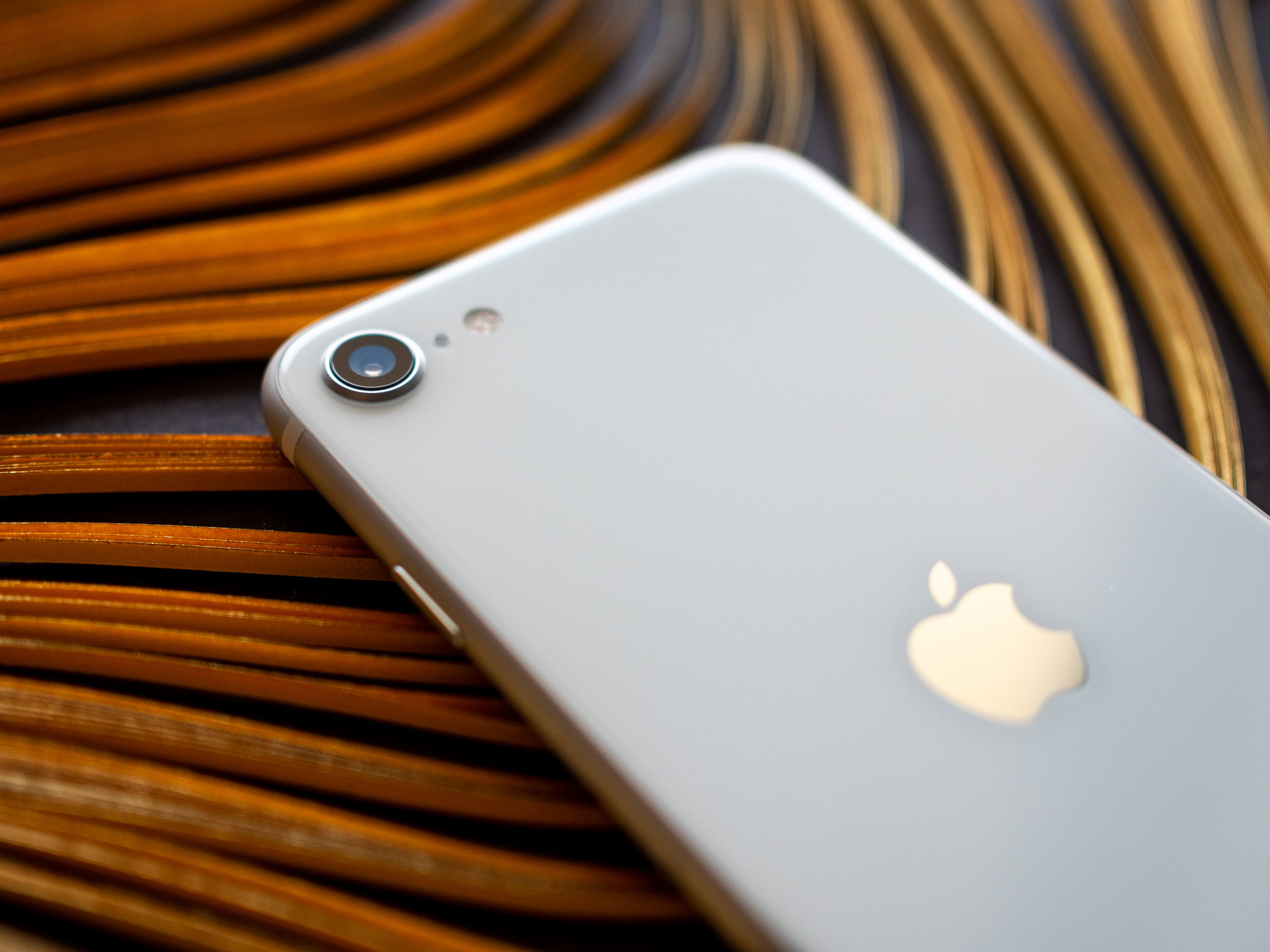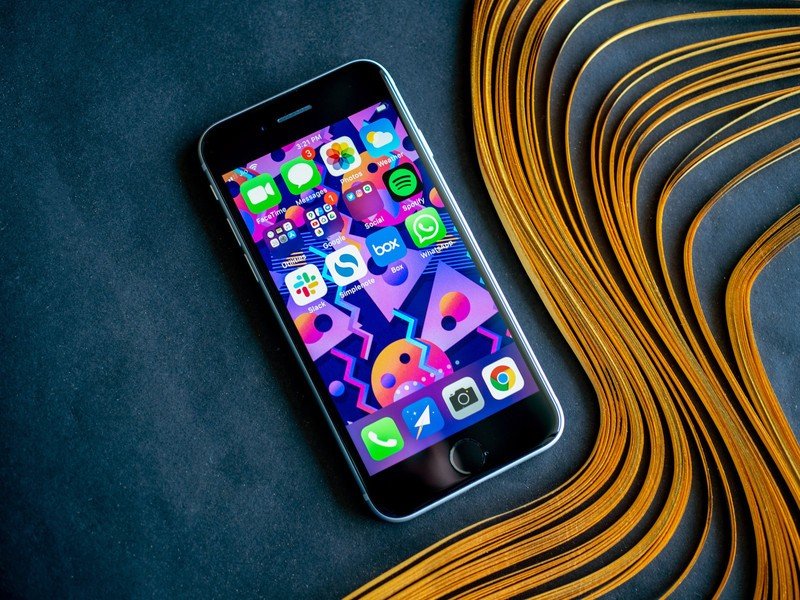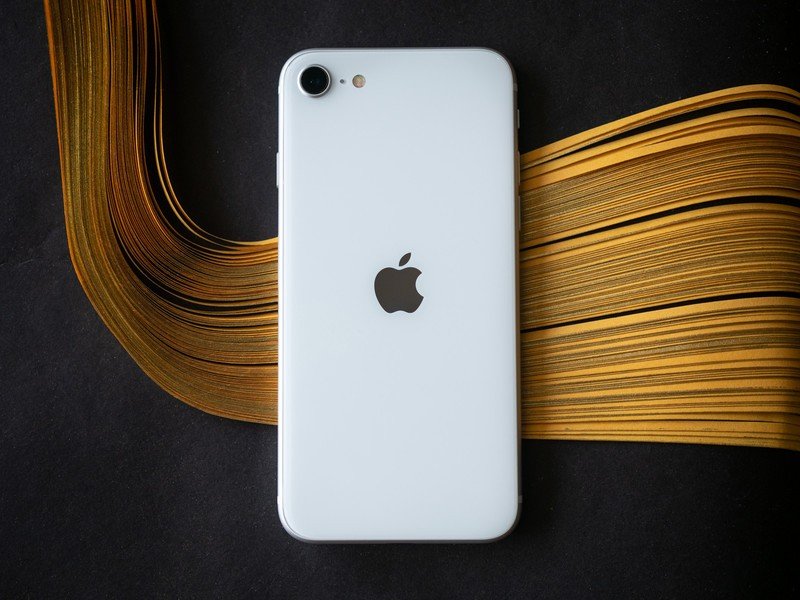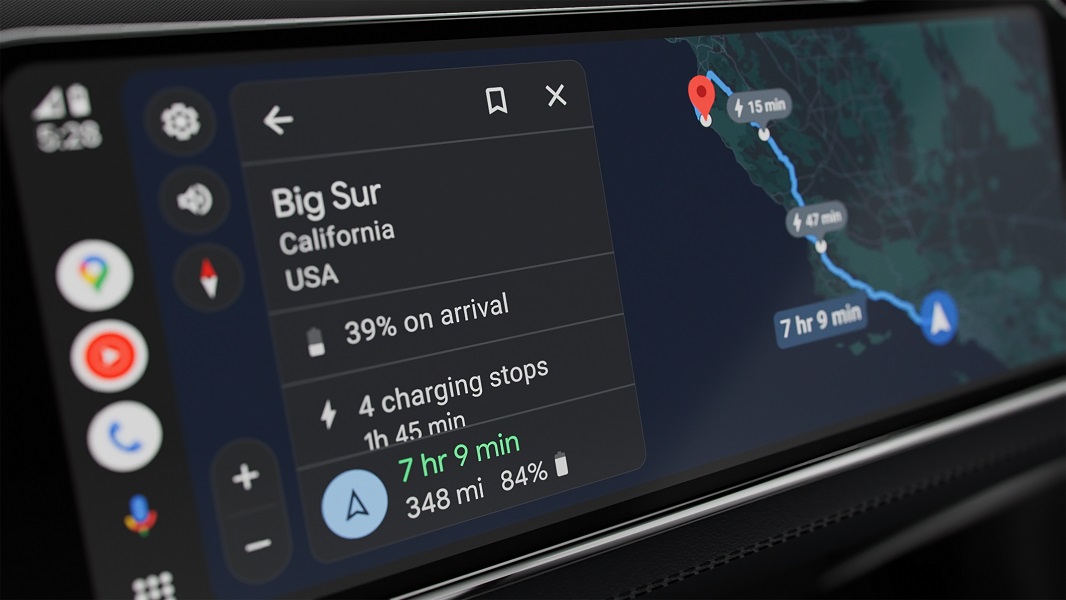Here's why the iPhone SE 5G will outsell its Android rivals
It's all about familiarity.

Apple announced the 5G-enabled version of the iPhone SE earlier this week, and at the outset, it doesn't look all that different from its predecessor that launched two years ago. That's by design; the iPhone SE is aimed at users that want a familiar iPhone experience, so it features a physical home button with integrated Touch ID and a form factor that makes it easy to use one-handed.
With iPhones getting taller, wider, and more complex with every new generation, the iPhone SE is designed to deliver the basics while still giving you a great camera and the latest internal hardware.
While there's no change in the design this time around, the iPhone SE 5G packs the latest A15 Bionic chipset and includes 5G connectivity. The rest of the hardware is identical to the 2020 iPhone SE: the base model starts off at a pitifully low 64GB, you get a single 12MP camera at the back, 7MP front shooter, and an 1821mAh battery with 18W fast charging.
The big talking point here is 5G connectivity; the iPhone SE has global 5G bands, and that makes it the obvious choice for iPhone 7/8 users that have yet to make the switch to the connectivity standard.
Unlike recent iPhones that have both Sub-6 and the faster mmWave bands in North America, the iPhone SE is limited to Sub-6 5G connectivity. Sub-6 doesn't deliver the multi-Gigabit speeds that carriers tout in their marketing materials whenever they talk about 5G, but that isn't likely to deter customers — particularly given that the iPhone SE is launching at $429.

Apple's strategy of reusing old designs and specs but slotting in its latest flagship SoC worked to its advantage with the 2020 iPhone SE, and that should be the case with the 2022 model as well. In the context of Android phones, there really isn't anything in the mid-range category that comes close to the iPhone SE 5G's A15 Bionic, and while the rest of the hardware is from 2018, the iPhone SE scores a big win where it counts.
With the iPhone SE 5G, Apple is betting on familiarity as a differentiator.
Apple didn't make too many changes with the iPhone SE 5G because it didn't need to; the iPhone SE was among the ten best-selling phones of 2021, and by offering 5G connectivity with this year's model, Apple is offering the ideal upgrade path for older iPhone users.
Be an expert in 5 minutes
Get the latest news from Android Central, your trusted companion in the world of Android
While the best Android phones in this category have better designs, vibrant AMOLED screens, better cameras, and huge batteries with fast charging, they lack the familiarity that you get with an iPhone.
The one constant with Android is change, and that's evident when you look at the last five years of phone designs; we got the notch, the waterdrop cutout, retractable cameras, and now the hole-punch cutout.
The software has similarly evolved with the hardware — Android 12 looks fundamentally different to Android 7.0 Nougat. iOS, meanwhile, hasn't changed all that much; Apple introduced privacy-focused features, cleaned up the UI, and added widgets, but the basics are still the same as five years ago.

It's this familiarity that makes iPhone users so loyal to iOS, and Apple has managed to use that to its advantage — there are seven iPhones in the top 10 best-selling phones of 2021. Long-term software updates also play a big part here, with the iPhone SE 5G slated to pick up at least five years of iOS updates. Samsung is doing much better in this area — its 2022 Galaxy A devices will get four Android OS updates — but it is the outlier when it comes to mid-range Android brands.
Add up the A15 Bionic, reliable cameras, familiar design and software, the latest internal hardware, and the promise of long-term updates, and it isn't difficult to see why the iPhone SE 5G will outsell any Android phone in this category. Users don't want to re-learn how to use their phones when they're upgrading, and with the iPhone SE 5G, they don't have to.

Harish Jonnalagadda is Android Central's Senior Editor overseeing mobile coverage. In his current role, he leads the site's coverage of Chinese phone brands, networking products, and AV gear. He has been testing phones for over a decade, and has extensive experience in mobile hardware and the global semiconductor industry. Contact him on Twitter at @chunkynerd.
